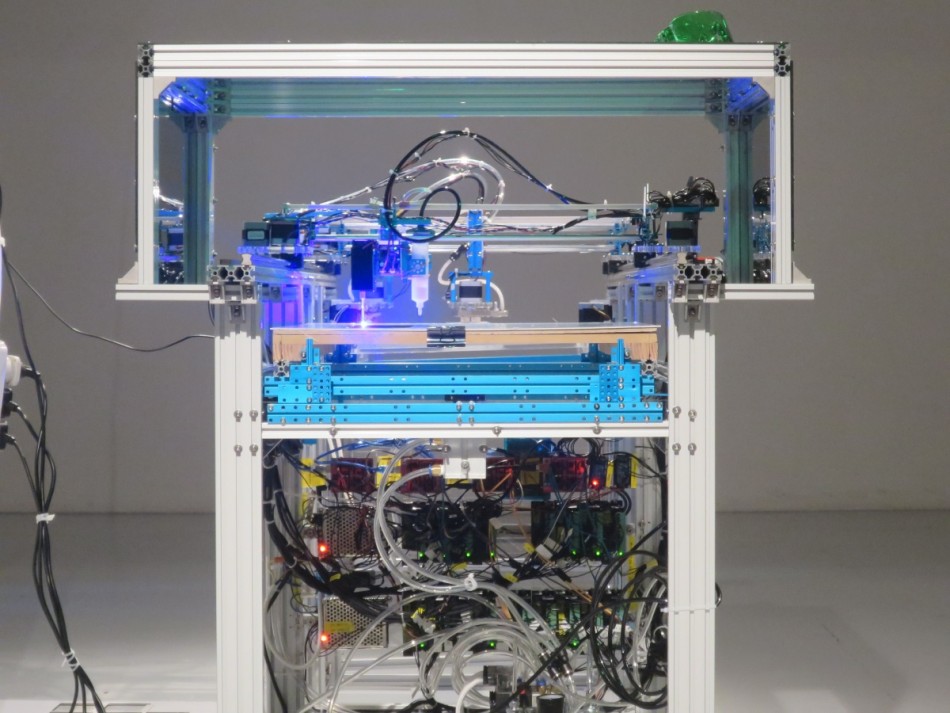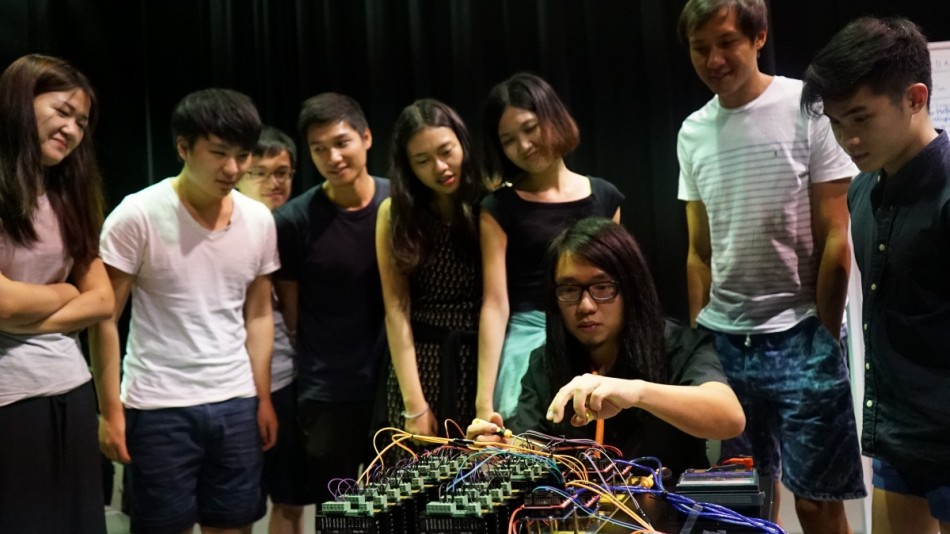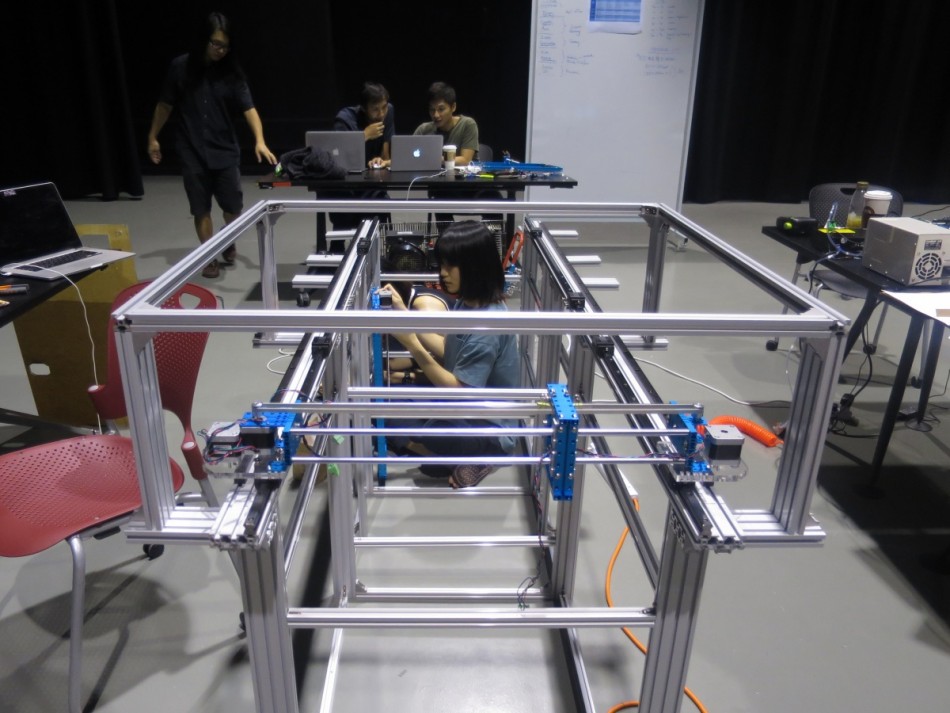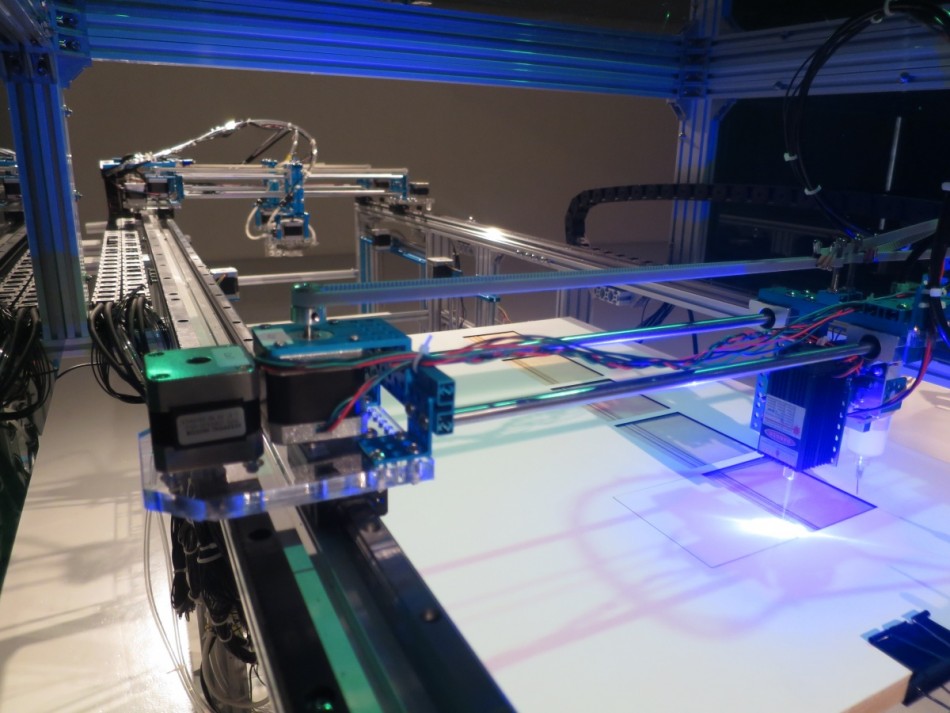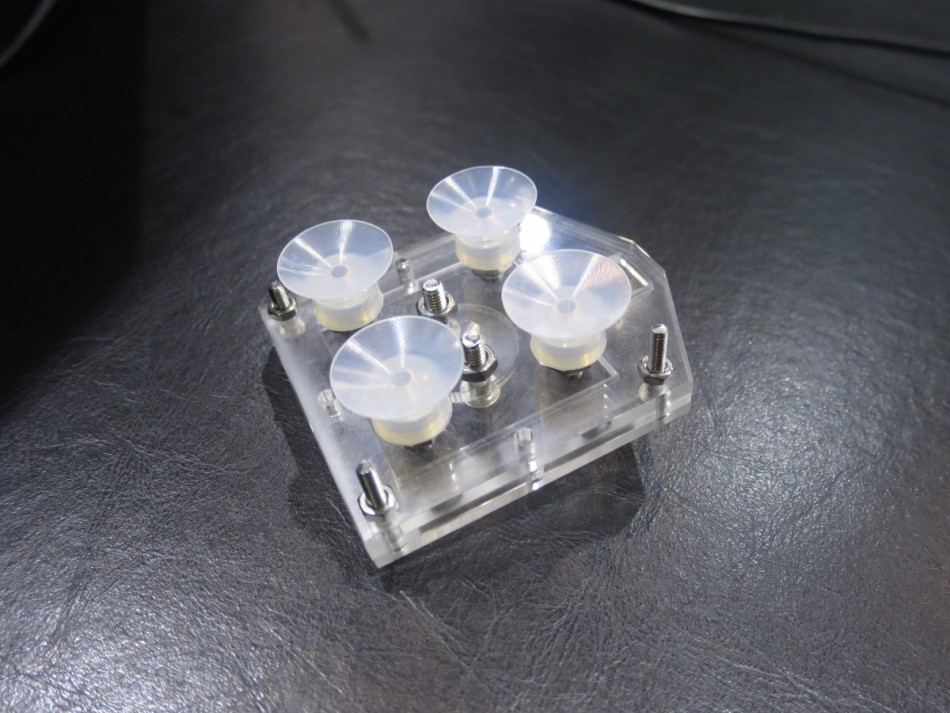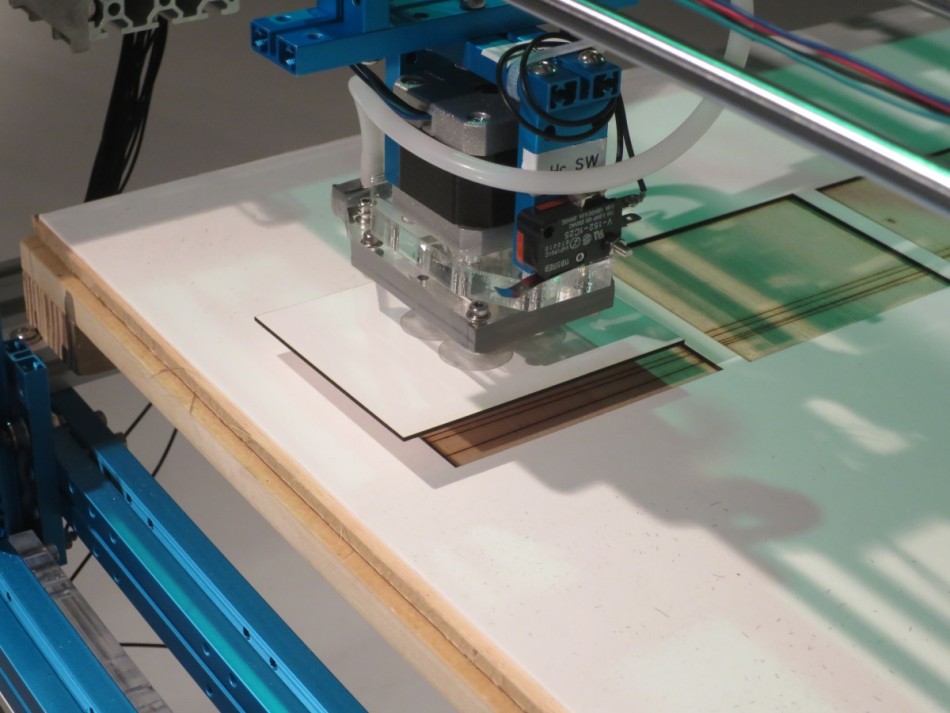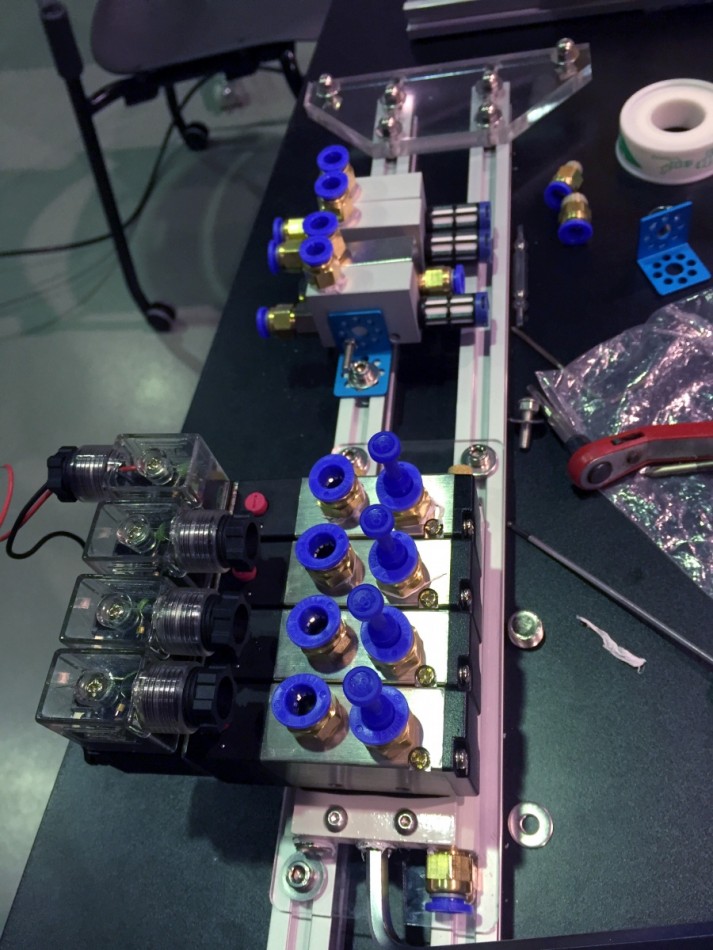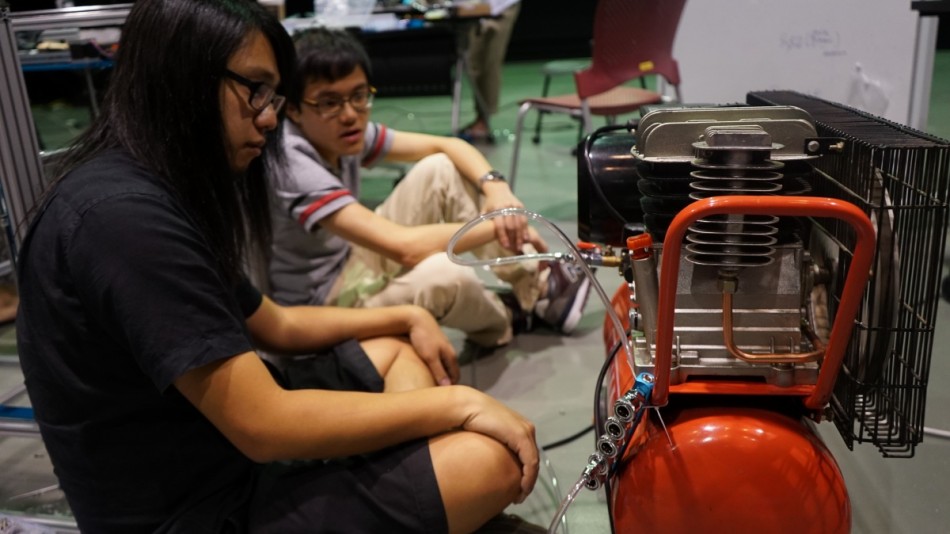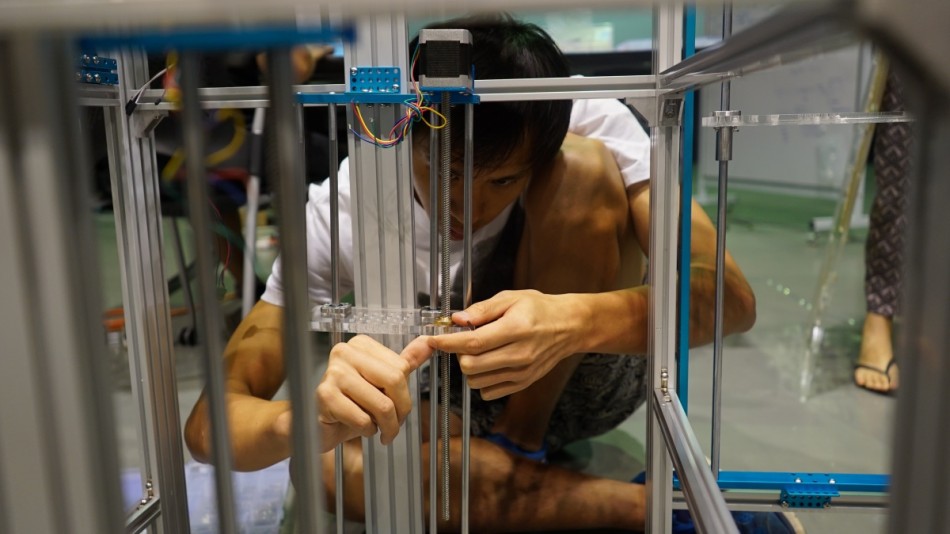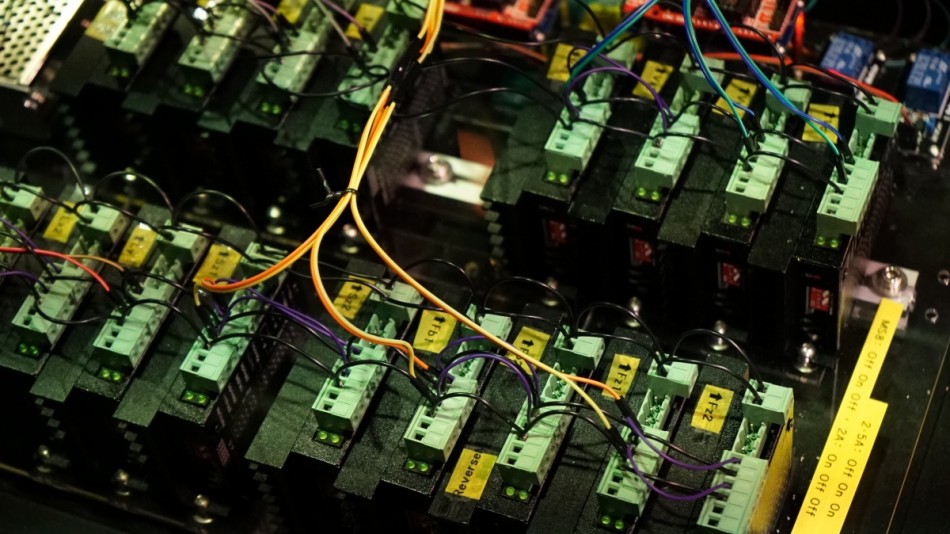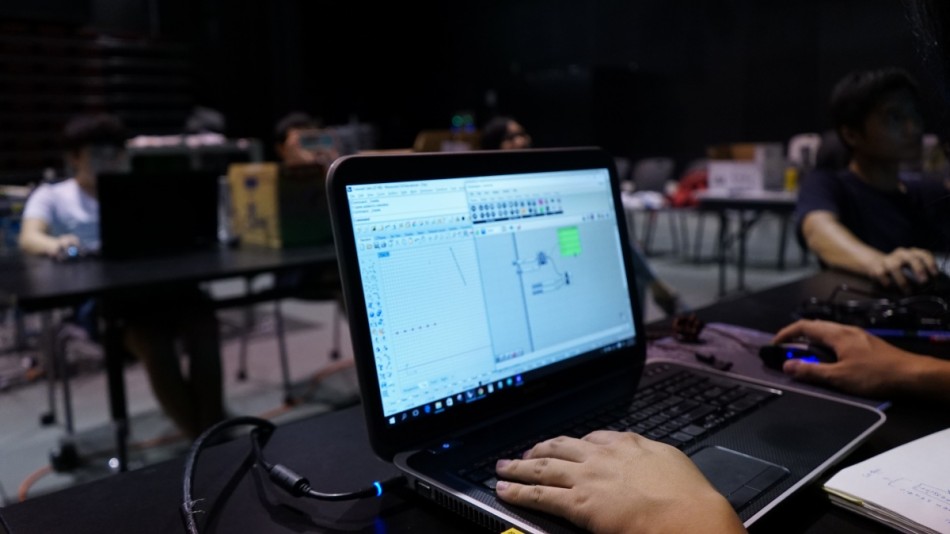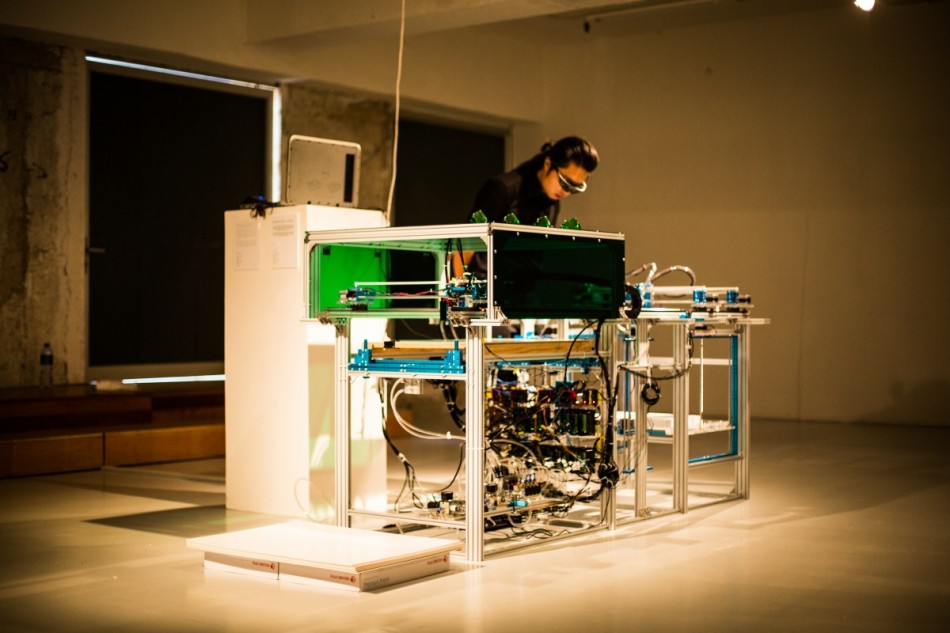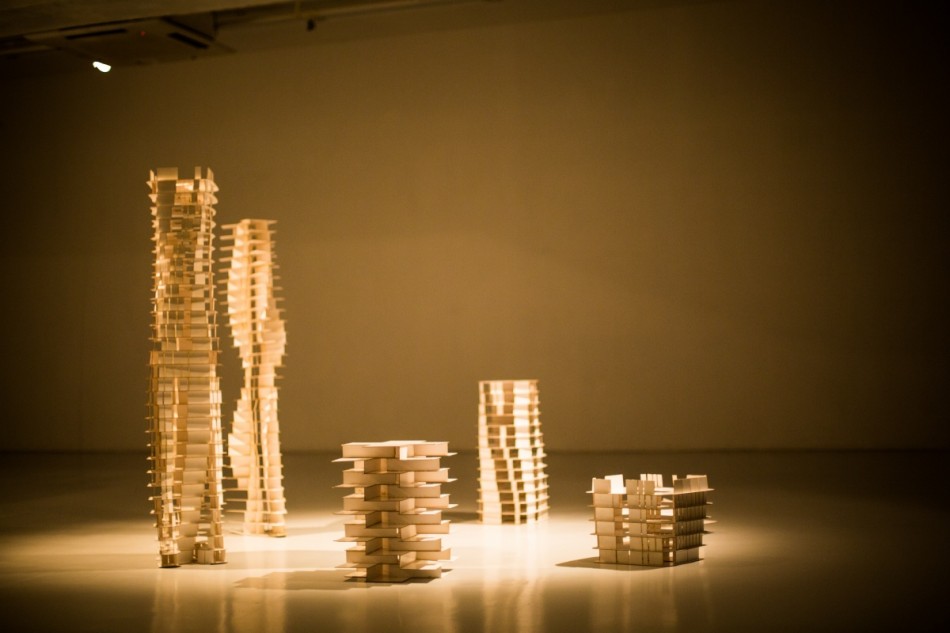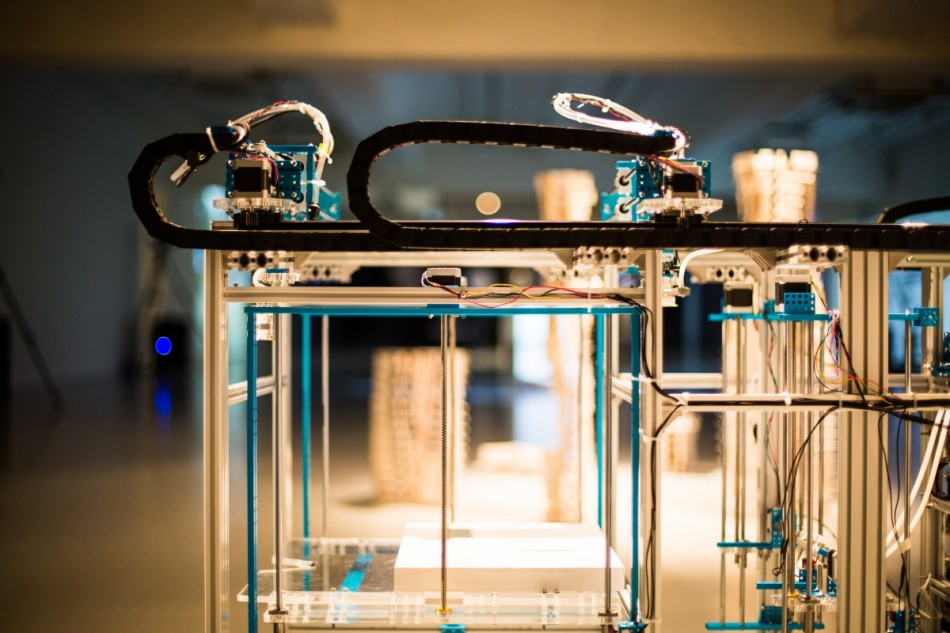Architecture, post the age of mechanical representation!
Run by Victor Leung, Studio 1 explores a long standing debate initialised by Richard Sennet in his seminal work on craftsmanship, material and tools in the genesis of design. In his mechanic assembly line Victor and the participants of his studio establish a counter–argument to the all dominating 3D printing technology and the seamless slickness of volume prints. Drawing from Fordian ideas of mechanical optimised processes, Studio 1 designed a hybrid assembly line of laser cut rectangular flat material to be continuously placed vertically – an endless production of tower typologies within the prevalent tower typology in Hong Kong and a comment between mechanic production tooling and questioning the relation between tool and design in the build environment of a post-Industrial Landscape.
– introduction by Tobias Klein
This workshop runs for 8 days in the School of Creative Media in City University of Hong Kong. The educational goal is to expose the students who have little background in robotics to CNC technology. Participants learn various mechanical, electrical and programming skills by making a CNC machine together. The machine is an automatic production and assembly line that can create architectural models of high rise towers. Roughly designed by myself, and detail designed and made by the students. The machine consists of 5 modules: laser cutting, vacuum grippers, flipping, gluing and build platform.
The machine frame is constructed out of 20x20mm  and 20x60mm aluminium slot framing profiles.
(below) Laser cutting module automatically cuts cardboard to form the floor slabs and walls of the models. Nesting algorithms optimize the cutting pattern to reduce waste.
(below) Laser was emitted by a 4W 450nm blue laser module tuned to 50mm focus. It is able to cut through 1.4mm thick white cardboard at 160mm/min feed rate. It has a dedicated driver that runs on 12V with TTL logic input for arming the laser.
(below) Two vacuum grippers manipulates cut piece on horizontal and vertical planes. Horizontal grippers moves cut pieces from the cutting bed to the gluing platform. Vertical grippers move the walls to assembly.
Vacuum is generated by CV-05HS vacuum generator. CV-05HS is rated to produce a maximum of -87kPa (at 7 liter/min flow rate) with 0.5MPa compressed air. Each gripper is connected to an individual vacuum generator and the compressed air is switched by electromagnetic valve.
(below) TN16*20 double piston cylinder is used to raise and lower the laser cutting bed.
(below) 3HP Air Compressor with integrated tank provided the necessary 0.5MPa compressed air pressure.
Gluing platform holds the cardboard for gluing, it can also flip the cardboard to allow edge gluing the wall pieces.
Glue is loaded to a syringe and controlled by a pneumatic plunger attached to a JND982 gluing machine. The machine requires 220V power and 0.5MPa compressed air to operate, it automatically regulate the gluing speed and can be activated via a relay.
Build platform is lowered as the tower is built.
All 17 stepper motors are driven by industrial drivers running on 12V DC power. Set at 8 microsteps, 1.5A to 2.0A current. They are connected to 4 separate Arduino UNO boards running grbl controllers, each had a grbl breakout board for easier connection. There are totally 11 independent axis.
Home switches are wired using microphone cable, it has two 0.1mm2 cables wrapped with weaved shielding. The shielding is connected to the GND of the Arduino boards. Switches are in normal open configuration as recommended by grbl.
(below) Students design high rise towers in Rhino / Grasshopper and programme the machine to make the model vi a Grasshopper Script. The script can analysis the tower design and generate the G-Code for every floor.
(below) The G-code is sent to the grbl controllers with a proprietary software written in VB.net. The software can automatically detect and identify the 4 controllers connected via a USB hub. It can queue and send code to each controller and wait for the motion to be completed before engaging another controller.
(below all) End of course exhibition held at Osage Gallery in Kwun Tong. Image credit to Terence Chan.

(above) Students and teachers from the three clusters of AAVS 2015 Hong Kong.
Makeblock components used in the machine are sponsored by Makeblock.

